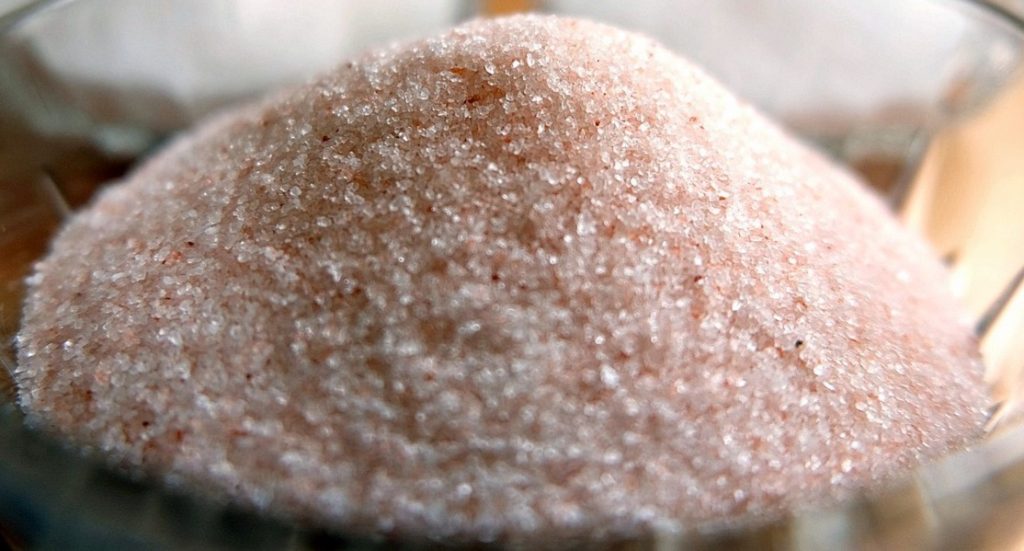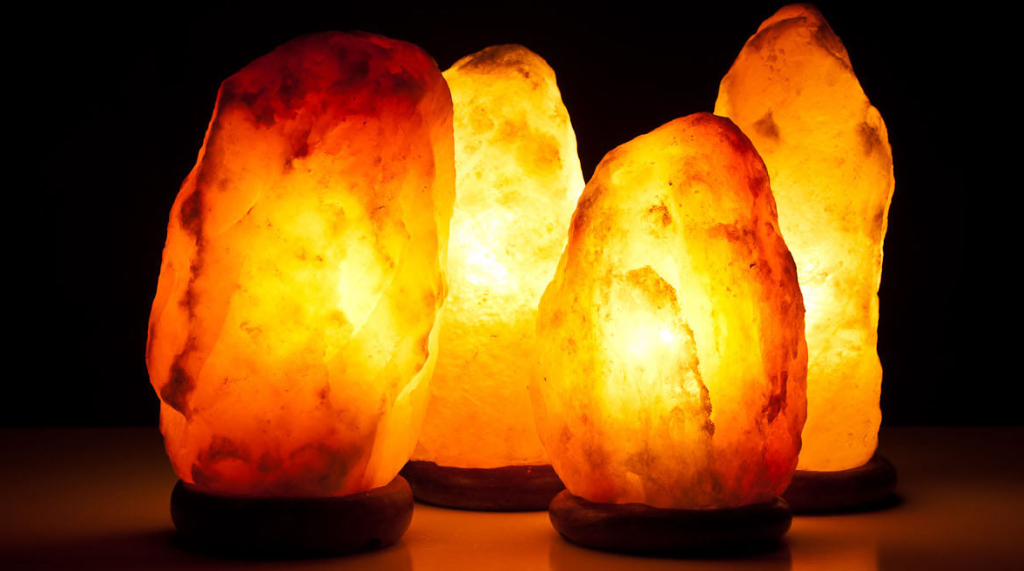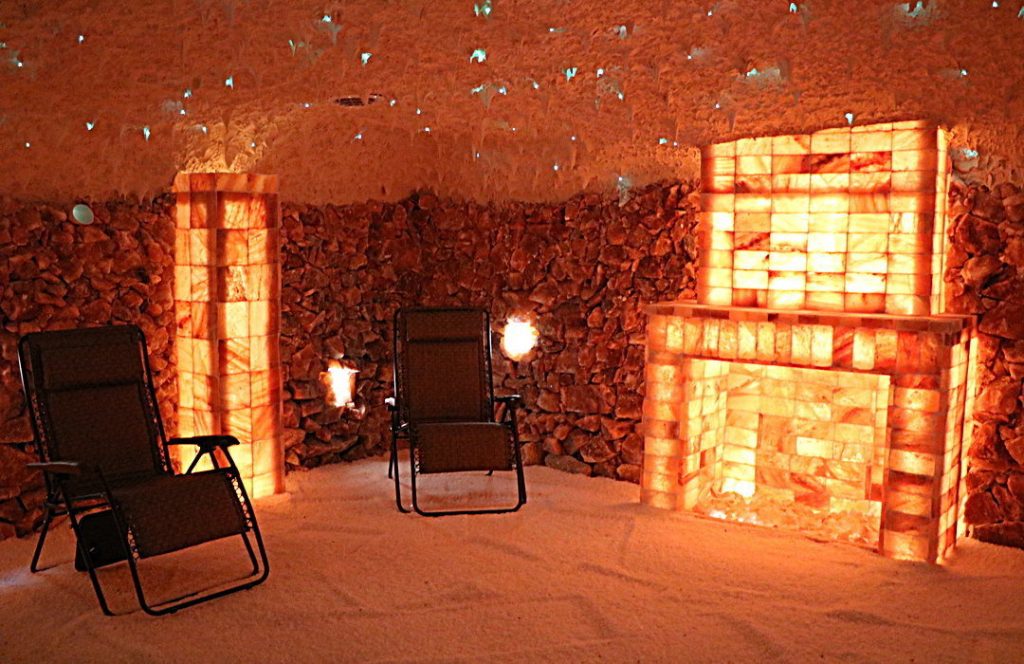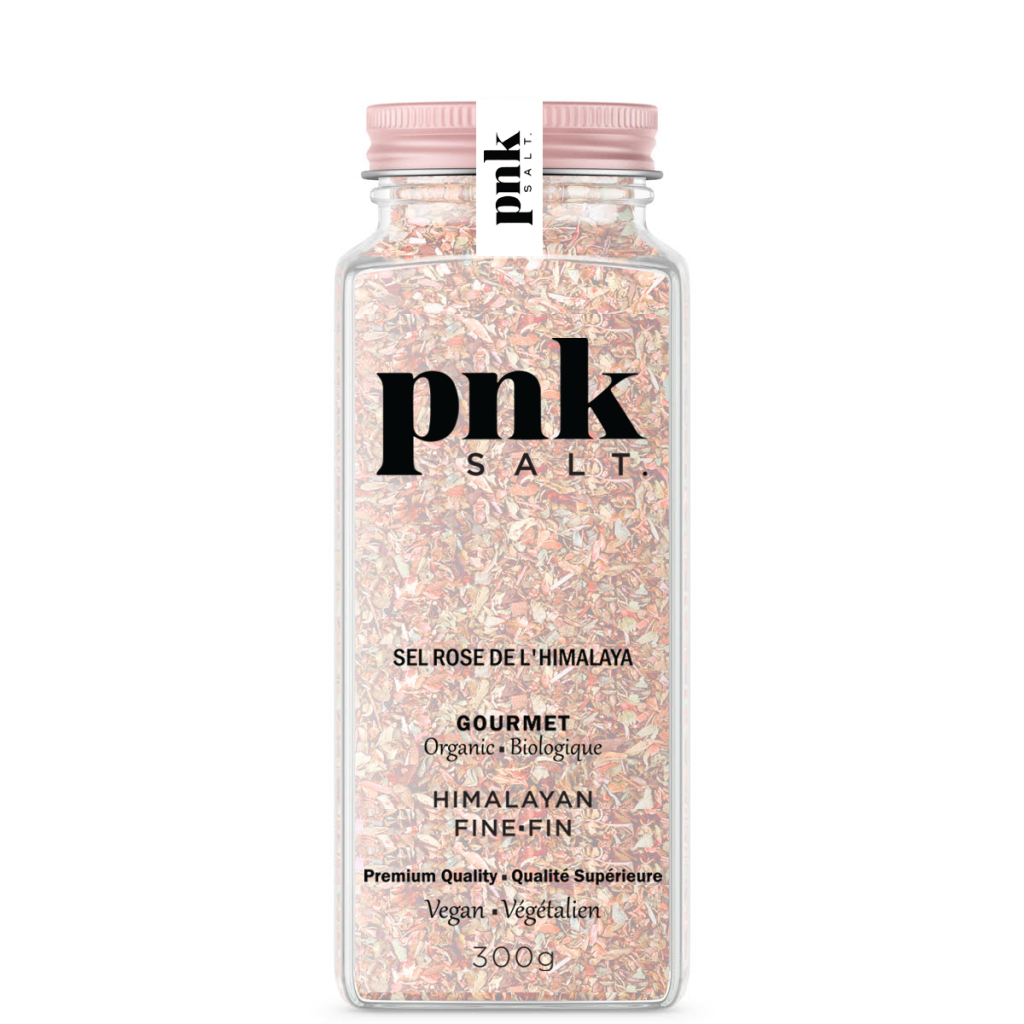Himalayan Pink Salts
“Experience the purity and taste of the Himalayan pink salts with our premium Himalayan Pink Salts. Mined from ancient deposits deep within the mountains, our salt is naturally rich in essential minerals and boasts a unique flavor that elevates any dish. From gourmet cuisine to daily cooking, add a touch of the Himalayas to your life and savor the difference in taste and wellness.”
Add a pinch of the Himalayas to your plate with Pink Salt
Himalayan pink salt is believed to have metaphysical properties and is often used for spiritual and energy healing purposes in addition to its culinary and medicinal uses. In alternative healing practices, Himalayan pink salts is believed to have the ability to balance the body’s energy and promote feelings of calm and relaxation. Some practitioners also believe that the salt can help to remove negative energy from a space and promote a sense of clarity and balance.
Elevate your taste with Himalayan Pink Salt’s distinctive pink color that adds magic to any dish. Pink Himalayan Salts is a natural and delicious way to elevate your life to new heights.
I. Introduction
Himalayan pink salts, also known as Himalayan salts, is a type of rock salt that is mined from the Khewra Salt Mine in the Punjab region of Pakistan. It is named for the Himalayan mountain range, which extends across several countries, including India, Pakistan, Nepal, Bhutan, and China. Himalayan pink salt is valued for its unique mineral composition, which is said to offer a range of health benefits. In recent years, it has become increasingly popular as a gourmet ingredient and a wellness product.
II. Geological Formation of Himalayan Pink Salt
The Himalayan Mountains were formed over millions of years as the Indian and Eurasian tectonic plates collided. The collision caused the Earth’s crust to buckle and fold, creating the towering peaks and deep valleys of the Himalayas. The Khewra Salt Mine, which is the largest source of Himalayan pink salt, is located in the foothills of the Himalayas in Pakistan.
Himalayan pink salt is believed to have formed around 250 million years ago, during the Permian era. At that time, the region was covered by a shallow sea, which eventually evaporated, leaving behind huge salt deposits. Over time, the salt was buried under layers of sediment, which compressed it into solid rock.
III. Historical Use of Himalayan Pink Salt & Himalayan pink salt benefits
Salt has been an essential commodity throughout human history, and the Himalayan region has a rich tradition of salt production and trade. The ancient people of the region are believed to have used salt for medicinal purposes, as well as for preserving food and making soap.
Historical trade routes, such as the Silk Road, brought Himalayan pink salt to markets in China, India, and other parts of the world. Traditional processing methods involved hand-mining the salt and sun-drying it before use.
IV. Modern Discovery and Commercialization of Himalayan Pink Salt
In the early 2000s, Himalayan pink salt began to gain popularity in the Western world as a gourmet ingredient and a health product. Modern mining techniques have made it possible to extract large quantities of salt from the Khewra Salt Mine, which has helped to meet growing demand.
Marketing efforts have also played a role in the commercialization of Himalayan pink salt. The product is often marketed as a natural, unprocessed alternative to table salt, and is touted for its supposed health benefits.
V. Scientific Understanding of Himalayan Pink Salt
Himalayan pink salt is believed to contain a wide range of minerals, including calcium, potassium, magnesium, and iron. Some proponents claim that these minerals offer health benefits, such as improved digestion, better hydration, and reduced inflammation. However, there is limited scientific evidence to support these claims.
Studies have also compared the mineral composition of Himalayan pink salts to other types of salt, such as table salt and sea salt. While there are some differences, the overall health impact of these variations is unclear.
VI. Cultural Significance of Himalayan Pink Salt
In addition to its culinary and health uses, Himalayan pink salt has spiritual and cultural significance in the Himalayan region. In Hinduism, for example, salt is used as a symbol of purity and hospitality. In traditional medicine, salt is believed to have therapeutic properties, and is used in a variety of remedies.
In recent years, Himalayan pink salt has become popular in Western culture as well. It is often used as a decorative element in homes and restaurants, and is incorporated into a variety of recipes.
VII. Environmental Impact of Himalayan Pink Salts Mining
The mining of Himalayan pink salt can have a range of environmental impacts, including damage to local ecosystems and water resources. In addition, there are concerns about the sustainability of salt mining practices, and the ethical treatment of workers in the industry
VIII. Quick Facts about Himalayan Pink Salt
- Himalayan pink salt is estimated to be over 250 million years old.
- The salt mines in Pakistan where Himalayan pink salts is sourced are located 5,000 feet above sea level.
- The distinctive pink color of Himalayan pink salts comes from the presence of iron oxide in the salt deposits.
- Himalayan pink salt is believed to contain over 84 minerals and trace elements, including calcium, magnesium, and potassium.
- The ancient Greeks and Romans used salt for medicinal purposes, and Himalayan pink salts is still used in traditional medicine in the Himalayan region today.
- In 2016, a team of Pakistani mountaineers successfully climbed K2, the second-highest mountain in the world, and brought back samples of Himalayan pink salts from the summit.
- Himalayan pink salt lamps have become popular in recent years as a way to purify the air and create a calming atmosphere in the home.
- The use of Himalayan pink salts in cooking has gained popularity due to its unique flavor and visual appeal, and it is commonly used in both savory and sweet dishes.
IX. Conclusion
Himalayan pink salts is a unique and complex resource with a rich cultural history. As demand for the salt continues to grow, it is important to consider the environmental and ethical implications of its extraction and commercialization.
In addition, some Himalayan pink salts side effects studies suggest that consuming Himalayan pink salts may have health benefits such as improving digestion, reducing inflammation, and regulating blood sugar levels. However, more research is needed to confirm these potential benefits.
It is important to note that like any other type of salt, fine Himalayan pink salts should be consumed in moderation. Excessive consumption of salt can lead to high blood pressure and other health issues.
Therefore, it is recommended to use salt sparingly and to balance salt intake with other healthy habits such as regular exercise and a balanced diet.
gain unlimited access to prevention
salt himalayan
minerals in himalayan
Here are some reference links for Himalayan Salts Benefits:
- Himalayan Pink Salts: Does It Have Any Health Benefits? – https://www.medicalnewstoday.com/articles/315081
- 11 Amazing Health Benefits of Himalayan Salts – https://www.globalhealingcenter.com/natural-health/10-amazing-benefits-of-pink-himalayan-salt/
Other Relevant Links
Is Himalayan pink salt better than sea salt?
Himalayan pink salt and sea salt are both natural, unrefined forms of salt that contain trace minerals. However, the mineral content and flavor of each can vary depending on the source and harvesting methods.
Himalayan pink salt is mined from the Khewra Salt Mine in Pakistan and is often marketed as a healthier alternative to regular table salt. It has a distinct pink color due to the presence of iron oxide, and it contains trace amounts of minerals such as magnesium, potassium, and calcium. Some people believe that the unique mineral content of Himalayan pink salt provides additional health benefits, but there is limited scientific evidence to support these claims.
Sea salt is obtained by evaporating seawater and can be sourced from various locations around the world. It can have varying mineral content depending on the source, but it generally contains minerals such as calcium, magnesium, and potassium.
Both Himalayan pink salt and sea salt can be used in cooking and have a similar sodium content. Some people prefer the taste and texture of one over the other, but in terms of health benefits, there isn’t strong scientific evidence to suggest that one is better than the other. It’s generally recommended to consume all types of salt in moderation as part of a balanced diet.
What is Himalayan pink salt good for?
Himalayan pink salt is believed to have several potential health benefits, including:
May improve hydration: Some people claim that adding Himalayan pink salt to water can improve hydration levels and increase electrolyte balance.
May support respiratory function: Inhaling Himalayan pink salt particles in the form of salt lamps or salt caves may help support respiratory function.
May aid digestion: Himalayan pink salt may help stimulate digestive enzymes, which can aid in digestion.
May regulate blood sugar: Some studies suggest that Himalayan pink salt may help regulate blood sugar levels in people with diabetes.
May improve bone health: The trace minerals in Himalayan pink salt may help improve bone density and reduce the risk of osteoporosis.
However, it’s important to keep in mind that more research is needed to fully understand these potential health benefits, and it’s still high in sodium, so excessive consumption can increase blood pressure and lead to other health issues. As with any dietary changes, it’s always best to consult with a healthcare professional first.
Who should not use Himalayan salts?
While Himalayan pink salt is generally safe for most people to consume in moderation, there are some individuals who should use caution when using it:
People with high blood pressure or kidney disease: Excessive salt intake can increase blood pressure and exacerbate kidney disease symptoms.
Pregnant women: Himalayan salts contains very little iodine, which is essential for fetal development, so pregnant women may need to supplement their diet with additional sources of iodine.
People with iodine deficiencies: Since Himalayan salts contains very little iodine, people with iodine deficiencies may need to use iodized salt or other sources of iodine to meet their needs.
People with other medical conditions: Individuals with other medical conditions, such as congestive heart failure or liver disease, may need to limit their salt intake for health reasons.
It’s always best to consult with a healthcare professional before making any significant changes to your diet, especially if you have any health conditions that may be affected by salt intake.
Can you drink Himalayan pink salt everyday?
It’s generally safe to consume Himalayan pink salt in moderation as part of a balanced diet. However, it’s important to keep in mind that it’s still high in sodium, so excessive consumption can increase blood pressure and lead to other health issues.
While some people add Himalayan pink salt to their drinking water or make a sole solution (a concentrated salt water solution) for daily consumption, it’s important to consume it in moderation and not to consume it in excess. It’s recommended to consult with a healthcare professional before making any significant changes to your diet, especially if you have high blood pressure or other health conditions that may be affected by salt intake.






